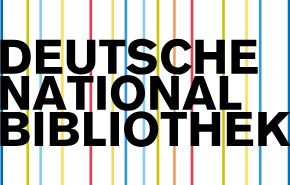FEATURES OF ENGLISH PHRASEOLOGICAL UNITS AND ISSUES OF THEIR TRANSLATION INTO UZBEK
Abstract
This paper investigates the distinctive features of English phraseological units and analyzes the challenges involved in translating them into Uzbek. Phraseological units, which include idioms, collocations, and fixed expressions, reflect the worldview, humor, and cultural practices of native speakers. Their translation into another language is rarely straightforward due to differences in linguistic structure, metaphorical systems, and cultural context. This study categorizes phraseological units, discusses their structural and semantic traits, and evaluates translation strategies through real-life examples. The analysis emphasizes the importance of linguistic competence and cultural literacy for successful idiomatic translation.
Keywords
phraseological units, idioms, English-Uzbek translation, cultural equivalence, semantic transparency, translation strategies, figurative language, comparative linguistics.How to Cite
References
1. Baker, M. (1992). In Other Words: A Coursebook on Translation. Routledge.
2. Cowie, A. P. (1998). Phraseology: Theory, Analysis, and Applications. Clarendon Press.
3. Larson, M. L. (1984). Meaning-based Translation: A Guide to Cross-language Equivalence.
4. Komissarov, V. N. (1991). Theory of Translation. Moscow: Vysshaya Shkola.
5. Uzbek-English Phraseological Dictionary. Tashkent, 2020.

This work is licensed under a Creative Commons Attribution 4.0 International License.
Authors retain the copyright of their manuscripts, and all Open Access articles are disseminated under the terms of the Creative Commons Attribution License 4.0 (CC-BY), which licenses unrestricted use, distribution, and reproduction in any medium, provided that the original work is appropriately cited. The use of general descriptive names, trade names, trademarks, and so forth in this publication, even if not specifically identified, does not imply that these names are not protected by the relevant laws and regulations.





